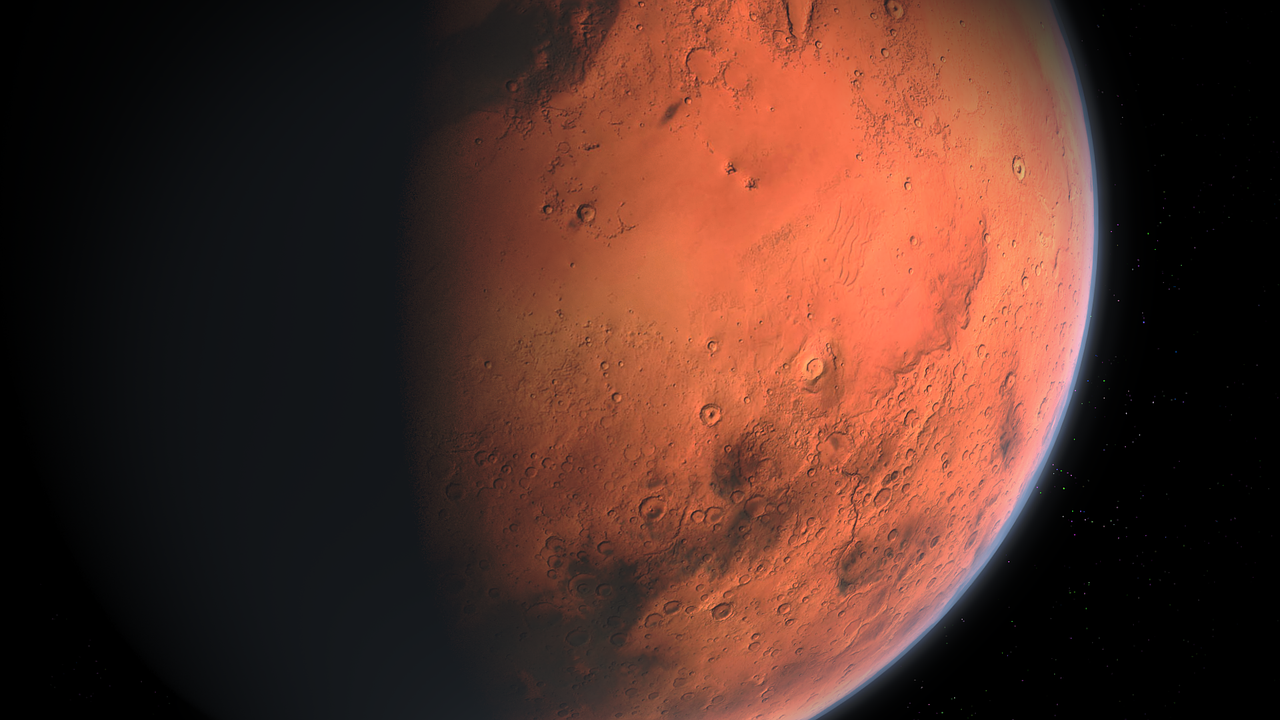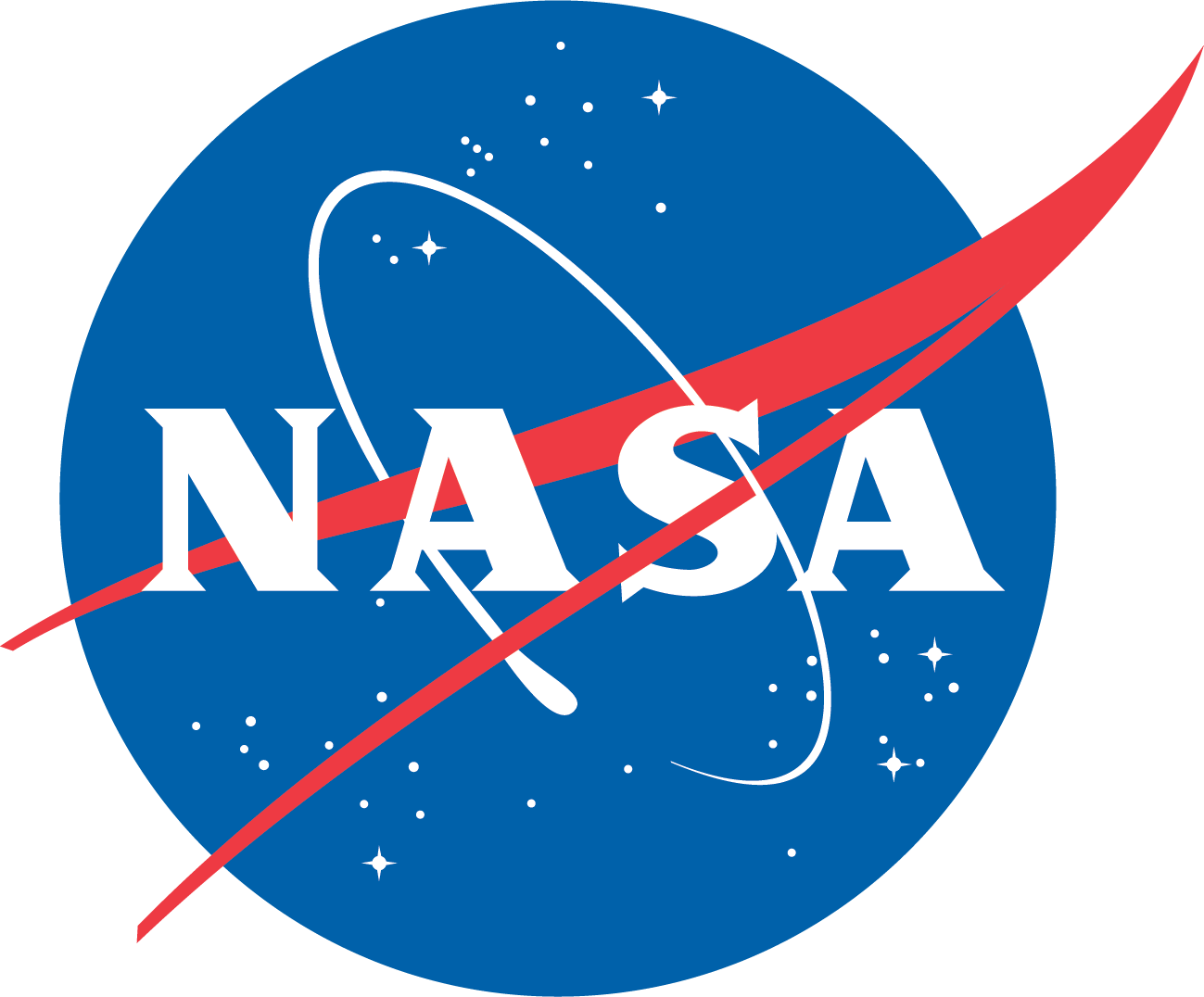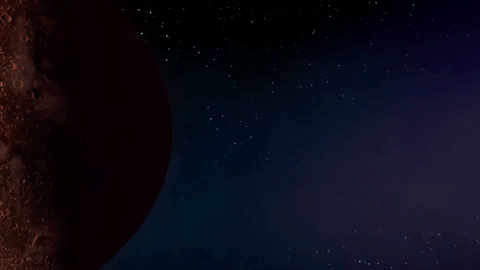Mars Swing
Activity Summary
Status: Archived
When traveling to Mars, the entry, descent, and landing (EDL) stages are among the most difficult to complete successfully. NASA Langley’s Vehicle Analysis Branch (VAB) conducted an internal study to tackle these challenges. Of the proposed solutions, the Mars Swing is among the most creative and innovative ideas.
The Mars Swing is intended to reduce the velocity of a spacecraft entering Mars atmosphere. The concept consists of a large tether, over 100 km long, placed in low Mars orbit. The tether rotates around its center of mass in the plane of its orbit at a rate that allows a mechanism at one of the tips to attach to a spacecraft as it approaches Mars. Once attached, the spacecraft rides along at the tip of the Mars Swing as it continues to rotate and is then released at a point near the entry interface with the Martian atmosphere.
The spacecraft is released at a velocity less than half that of a typical Mars entry. The lower speed greatly reduces or eliminates thermal protection requirements for the lander, simplifying its design and potentially increasing payload capability to the surface. The swing needs a heavy central body to limit disturbances to the tether’s orbit caused by attaching to and releasing a spacecraft. One proposed solution is to use a boulder from one of Mars’ moons to provide the needed mass.

The swing is designed to be made from inexpensive, currently available materials, such as Spectra. Challenges with the concept include time-critical capture operations, central mass acquisition/construction, orbit maintenance between uses, and tether dynamic control. Despite these challenges, this VAB conceptual study brings humanity closer to improving EDL. These novel methods inform decision-makers as they pursue options to reliably land safely on Mars.
Archived Concepts
NASA Langley’s Systems Analysis and Concept Directorate investigates the feasibility of creative and forward-thinking ideas. Many concepts are pursued and eventually actualized while others, like the Mars Swing, are added to NASA’s archives. All our research adds to NASA’s body of knowledge and furthers the Agency’s mission.

